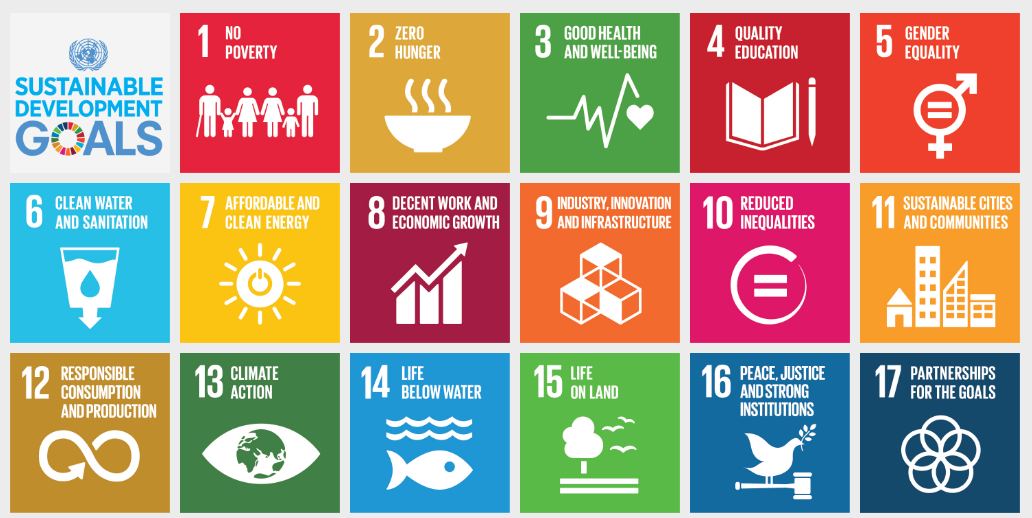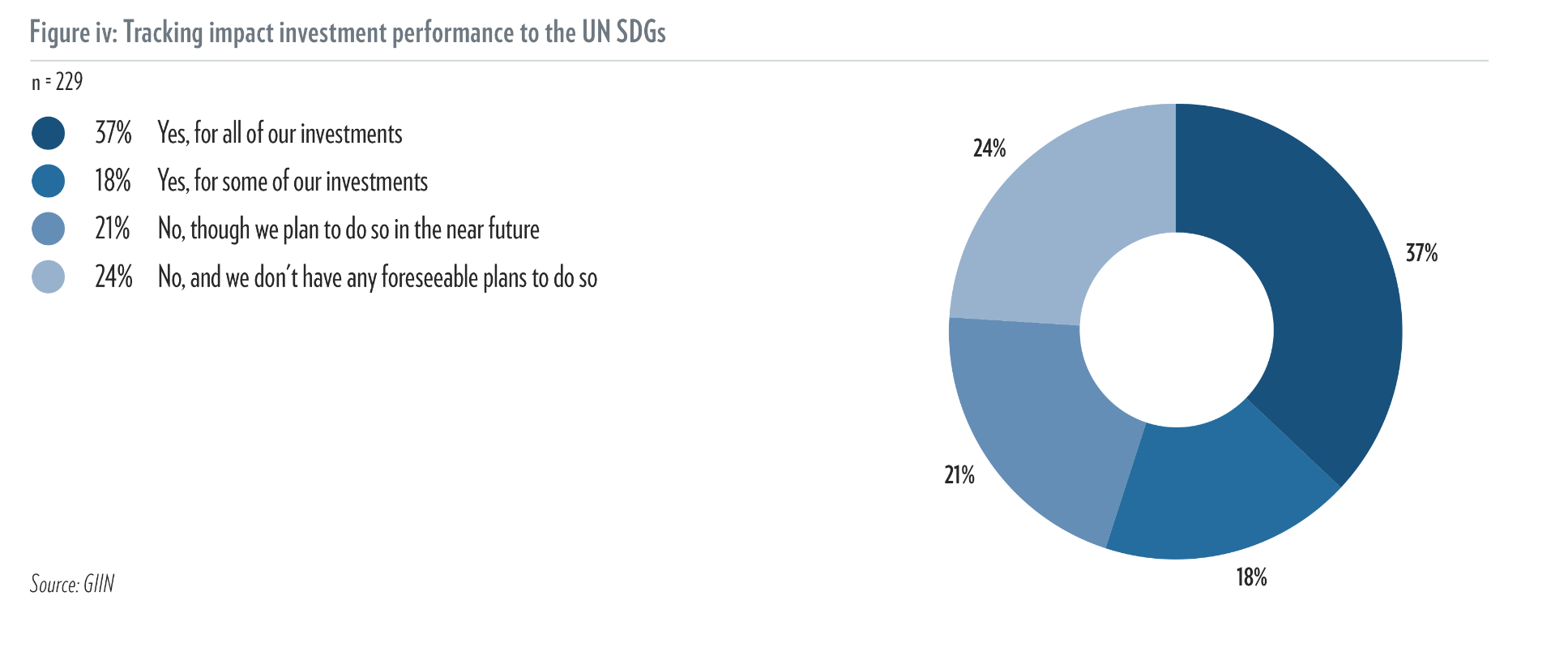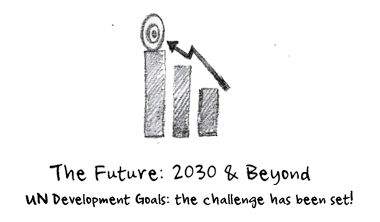“This set of 17 goals imagines a future just 15 years off that would be rid of poverty and hunger, and safe from the worst effects of climate change.” United Nations Development Programme
In 2015, leaders from 193 countries created a plan called the Sustainable Development Goals (SDGs), 17 goals and 169 targets, to make the world a better place by 2030. “The Goals and targets will stimulate action over the next fifteen years in areas of critical importance for humanity and the planet”.

The goals and targets are, as they admit themselves, ambitious, but are they realistic? In my opinion, they are realistic in the sense that they are achievable, but they are only achievable if everyone works collectively, the institutions and individuals from all 193 countries, to achieve these goals.
Government: lead by empowering others
The benefit of this plan is that it provides everyone with a blueprint to work towards. Governments can use it as a guide to create the social architecture needed to promote more inclusive economic development, to provide a platform that encourages the private sector and individuals to innovate to tackle our social problems.
Education: inspiring the next social entrepreneur
As individuals, our education frames our perception of the world and our place in it. Education systems around the world can incorporate this plan into the curriculum to educate students on the social challenges our world faces and the relevance of the individual impact we can make.
Living in Mazatlán, Mexico, I was intrigued to learn that the local primary school students have a class on Social Impact in their curriculum. This not only has the potential to develop more socially aware individuals but it may also inspire some young kid to be the next social entrepreneur that changes the world for the better.
Investment: the stewards of capital
The investment world has also taken notice and this plan serves as a useful tool on a number of fronts. The SDGs are an aid in understanding the potential risks over coming decades but equally important the potential areas of opportunity to invest sustainably, to meet social needs, while generating return.
Investment committees of major fund managers, foundations, banks and family offices are beginning to incorporate these goals into their investment strategies. The annual Global Impact Investment Network (GIIN) Survey published this month found that 75% of the 229 respondents (226 respondents reported USD 228.1 billion in impact investing assets under management) are “tracking their investment performance to the SDGs or plan to do so in the future”.

This is a positive development within the impact investment sector – a sector where we need to see more consistency on impact measurement methods – but given that 2030 is just around the corner it is time for all stewards of capital across the globe to incorporate these goals into their investment policy statements. If all capital allocators were more socially conscious then companies would inevitable adapt their practices to be more sustainable in order to attract capital.
Sustainable decision making
The scale of our social challenges is so big that it is easy to become apathetic but everyone can incorporate some aspect of these goals into their personal and working lives. I would suggest that everyone start by reading through the UN’s website dedicated to the SDGs, which even includes a list of simple actions people can take in their daily lives to make an impact.
We need to see more leaders across the globe in the public and private sector to lead with action, to think beyond existing frameworks in order to motivate reach change. Every organisation can play its part; decision making bodies across all fields can take advantage of the incorporation of the UN’s goals to make long term sustainable decisions for the benefit of their organisations and the world.
2030. The clock is ticking….
End
Sources:
UN Development Goals: https://www.un.org/sustainabledevelopment/sustainable-development-goals/
GIIN Annual Impact Investor Survey 2018: https://thegiin.org/research/publication/annualsurvey2018

